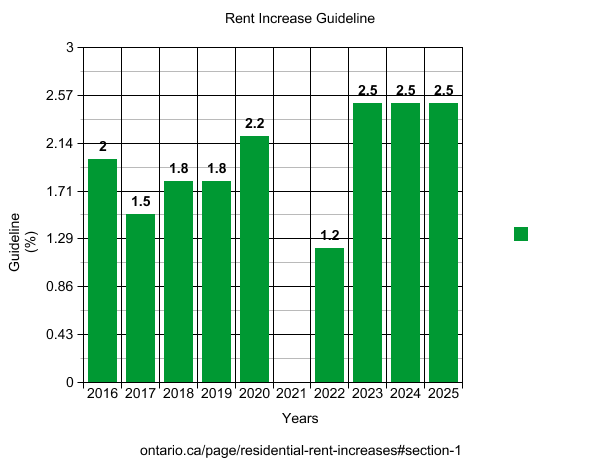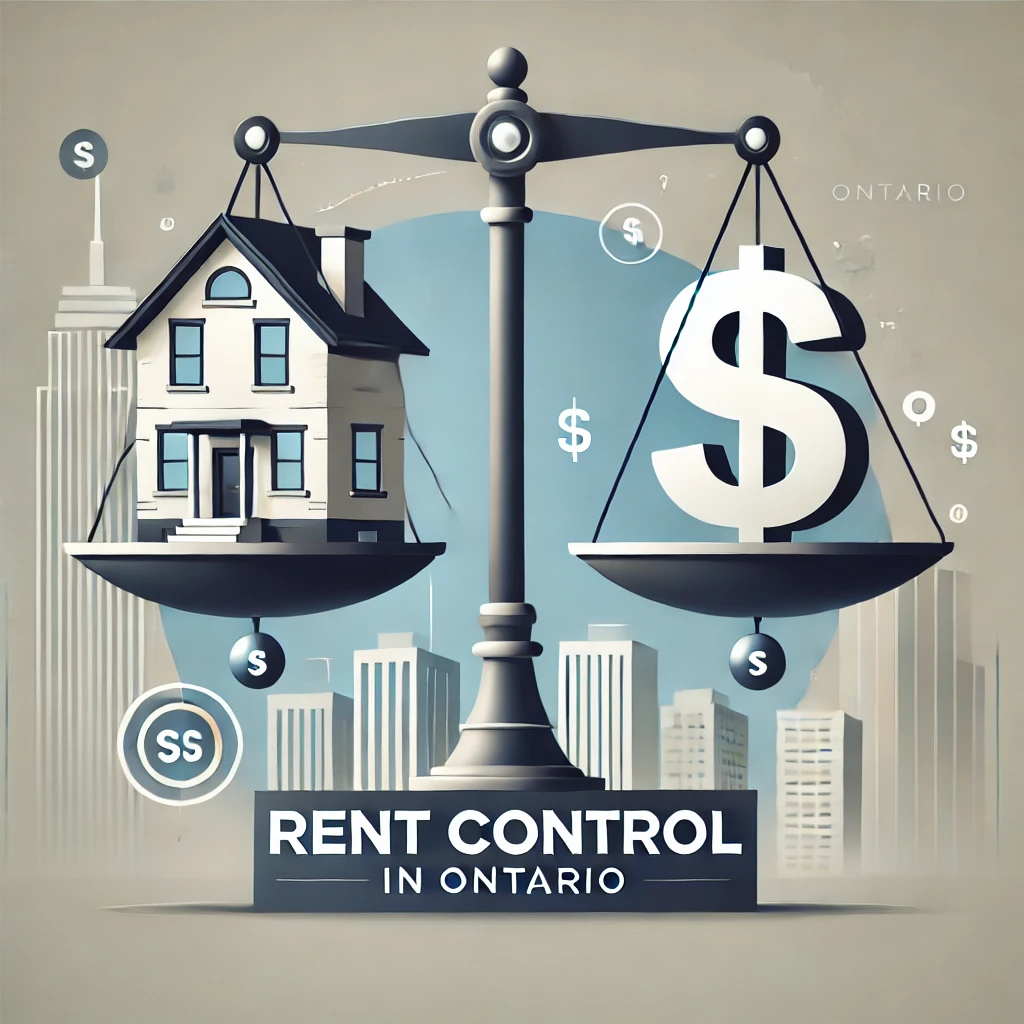Rent control is an important system that limits the increase in rental prices for residential properties. Whether or not rent control applies significantly impacts the housing choices of tenants.
Housing with Rent Control
Rent control applies to properties completed before November 15, 2018. Here, “completion” refers to the transfer of ownership to the buyer, which is distinct from temporary occupancy. These properties are subject to rent increase limits set by the Ontario government through the annual ‘Residential Rent Increases Guideline.’
For example, the rent increase guideline for 2024 allows a maximum rent increase of 2.5%. So, for a property rented at $2,000 in 2023, the rent would increase to $2,050 in 2024, reflecting a 2.5% rise.

Housing Without Rent Control
Properties completed after November 15, 2018, are not subject to rent control limits. This allows landlords to increase rent freely. For example, a landlord renting a 1-bedroom condo for $2,400 can raise the rent to $2,800 after nine months. The tenant must either accept the increased rent or decide to move.
Another example would be a 4-bedroom townhouse completed on July 30, 2024, rented for $4,500. The landlord could increase the rent to $5,000 on June 1 of the following year. The tenant would have to decide whether to accept the new rent or move out.
Considerations for Tenants
While housing without rent control may seem advantageous for landlords, tenants tend to avoid such properties in the current market. Landlords may rent at below-market prices initially, expecting future rent increases.
The real estate market is constantly changing, so understanding whether rent control applies and how rent increases work is crucial. At REOCA, we offer insights not only for buying and selling but also for rental market matters.






